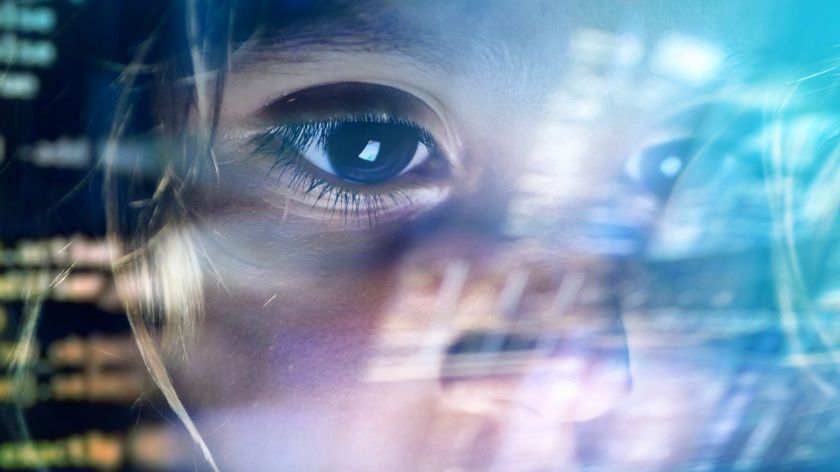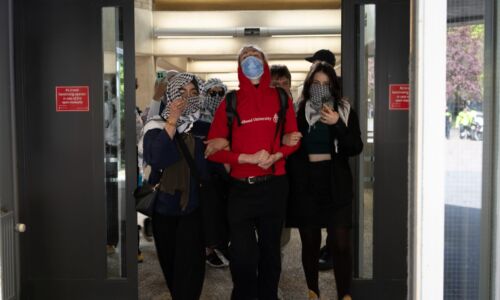Virtual reality in the classroom: new lab to study AI in education
-
 Foto: RU
Foto: RU
Schools increasingly use artificial intelligence (AI) to support their teachers. Last month saw the opening of a teaching lab in Nijmegen that will study the use of smart technology in education. The government has allotted 80 million euros to the project.
‘Between 60 to 70 percent of children in primary education work with AI every day’, as stated by Inge Molenaar, professor of Behavioural Science. According to the researcher, smart programs on tablets that help teach kids how to spell and do basic arithmetic have seen a massive boost in popularity in the past five years. ‘Those programs do have a certain amount of intelligence. Assignments are checked automatically, and the program adapts the tempo based on an estimation of the student’s level.’
Molenaar opened a brand-new lab last month to investigate the phenomenon. The National Teaching Lab Artificial Intelligence (du: Nationaal Onderwijslab AI, NOLAI), for which the National Growth Fund reserved 80 million euros, is highly necessary, according to the researcher. ‘AI in education comes with a lot of opportunities, but also a lot of risks. And the current primary- and secondary schools are not yet able to see all the possibilities.
National Growth Fund
The Dutch government aims to use the National Growth Fund to invest 20 billion euros in various projects between 2021 and 2025. The fund is intended to stimulate the economy in the long term.
Full Classrooms
The NOLAI aims to investigate both the opportunities and the risks. According to Molenaar, who will be serving as the new lab’s director, AI can be very beneficial to teachers with full classrooms and too little time. ‘It’s an aide for teachers. The teacher is still the one in charge; the technology merely helps them provide the finesse they don’t have time for themselves.’
For example, smart technology can make it much easier to adapt lessons to the level of individual students, Molenaar thinks. ‘That is incredibly important at the moment, because there are a lot of level differences in the classroom right now, due to the homeschooling of the past few years. Some kids have picked up more than others, and smart teaching programmes can adapt to that. Of course, teachers do this as well, but that takes a lot of time. You can’t check every single sum to see if the difficulty is appropriate for every kid.’
But Molenaar also sees risks, mainly when it comes to privacy and autonomy. ‘Whenever you use a lot of data, you have to think carefully about how you process it; how to make sure data stay anonymous, and how to communicate about it.’ According to the researcher, children’s autonomy can be stymied when smart programmes give them new assignments without offering any kind of choice. ‘This can be solved by giving kids several options at their level to choose from.’
Robots
NOLAI’s researchers want to cooperate with businesses and schools to develop new technologies for education. For example, Molenaar is testing an app called Leerpaden, where students can monitor their own learning progress. ‘We’re going to use the app with a few classrooms for a week and see how students and teachers handle it.’
A lot of smart technology is still in its infancy, but Molenaar expects that education in the future will use advanced technology, like VR and robots, in a support role. For instance, some classrooms in America already use VR in chemistry classes. Students can use it to move through molecules and experience the forces that they exert on each other. There are also robot trials ongoing. One of Molenaar’s earlier experiments showed that robots are perfectly capable of teaching English words to groups of secondary school students.
Translated by Jasper Pesch.




